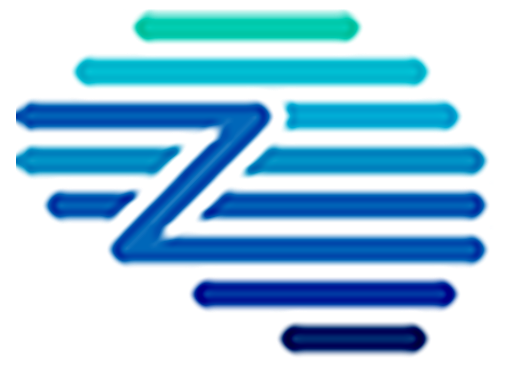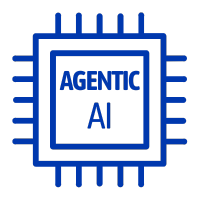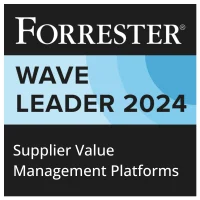Supply Chain Optimization is the process of enhancing the efficiency and efficacy of a company’s supply chain. It involves the strategic coordination of production, inventory, location, and transportation to minimize costs and maximize profitability across the supply chain network. This optimization seeks to improve the flow of goods and services from supplier to customer while ensuring that the right products are at the correct locations at the right times, enhancing service levels and achieving cost savings.
Key Benefits
– Cost Reduction: Supply chain optimization enables significant savings by reducing waste and inefficiencies in the procurement process. It ensures that resources are used effectively and that procurement spend is optimized across all categories.
– Operational Efficiency: By streamlining processes through automation and enhanced visibility, supply chain optimization reduces manual intervention and shortens cycle times. This improves the overall efficiency of procurement operations, allowing teams to focus on strategic priorities.
– Risk Mitigation: Through predictive analytics and real-time data analysis, organizations can foresee potential disruptions or risks in the supply chain, enabling proactive measures to avoid costly supply chain interruptions.
– Improved Supplier Relationships: With better data visibility and process integration, procurement teams can foster closer collaborations with suppliers. This not only improves negotiation outcomes but also drives innovation and mutual growth.
– Enhanced Decision-Making: Leveraging advanced analytics, organizations gain deeper insights into spend data, supplier performance, and market trends, leading to more informed and strategic procurement decisions.
Related Terms
– Cost Reduction: Supply chain optimization enables significant savings by reducing waste and inefficiencies in the procurement process. It ensures that resources are used effectively and that procurement spend is optimized across all categories.
– Operational Efficiency: By streamlining processes through automation and enhanced visibility, supply chain optimization reduces manual intervention and shortens cycle times. This improves the overall efficiency of procurement operations, allowing teams to focus on strategic priorities.
– Risk Mitigation: Through predictive analytics and real-time data analysis, organizations can foresee potential disruptions or risks in the supply chain, enabling proactive measures to avoid costly supply chain interruptions.
– Improved Supplier Relationships: With better data visibility and process integration, procurement teams can foster closer collaborations with suppliers. This not only improves negotiation outcomes but also drives innovation and mutual growth.
– Enhanced Decision-Making: Leveraging advanced analytics, organizations gain deeper insights into spend data, supplier performance, and market trends, leading to more informed and strategic procurement decisions.
References
For further insights into these processes, explore Zycus’ dedicated resources related to Supply Chain Optimaztion:
White Papers
Master the UK Procurement Act 2023: Ensure Compliance & Drive Procurement Excellence

Filter by
Compliant Invoicing
Compliant Invoicing refers to the process of generating, submitting, and managing invoices in adherence with legal, regulatory, and contractual requirements.
Continuity Plan
A Continuity Plan is an organized set of policies and procedures designed to ensure that a company’s essential operations can
Cost Modeling
Cost Modeling in procurement refers to the analysis and estimation of the total cost of ownership of a product or
Contract Audit
Contract Audit is a systematic evaluation of agreements and related documentation to ensure compliance with contractual terms, identify discrepancies, and
Procurement Cycle
The Procurement Cycle refers to the end-to-end process through which an organization identifies its needs, sources suppliers, negotiates contracts, places
Procurement Master Data Management
Procurement Master Data Management is the disciplined approach to managing core, consistent procurement information, including supplier, product, and contract data,






















































